#History of Music
Text
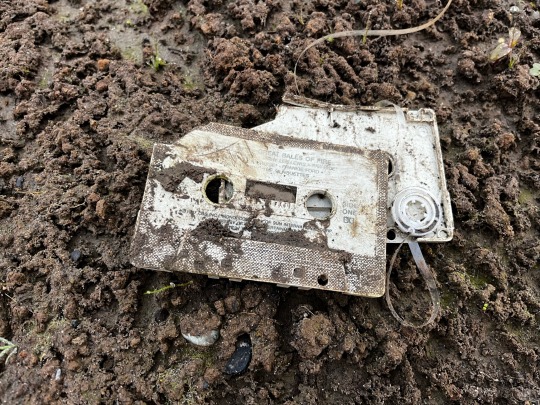
I found an ancient artifact. Not sure what it is. Probably has ritual significance.
313 notes
·
View notes
Text

▪︎ Violin.
Place of origin: Austria, Vienna
Date: 1749
Manufacturer: Wenceslas Kowansky
#18th century#18th century art#music#history of music#music history#musical instruments#violin#austria#vienna#Wescelas Ki#Wenceslas Kowansky#1749
338 notes
·
View notes
Text
Time Travel Question : Medievalish History 8 and Earlier
These Questions are the result of suggestions from the previous iteration.
This category may include suggestions made too late to fall into the correct earlier time grouping. Basically, I'd already moved on to human history, but I'd periodically get a pre-homin suggestion, hence the occasional random item waaay out of it's time period, rather than reopen the category.
In some cases a culture lasted a really long time and I grouped them by whether it was likely the later or earlier grouping made the most sense with the information I had. (Invention ofs tend to fall in an earlier grouping if it's still open. Ones that imply height of or just before something tend to get grouped later, but not always. Sometimes I'll split two different things from the same culture into different polls because they involve separate research goals or the like).
Please add new suggestions below if you have them for future consideration. All cultures and time periods welcome.
#Neolithic#Anatolian#Ancient World#Bible#Isaiah#Prophets#Phoenicians#Proto-Ancient Religion#Pre-Mamluk#Hinduism#History of Religion#History of India#Middle Ages#Religious History#The Pictish Beast#Picts#History of Music#Cathedrals#1000 BCE#Ancient Israel#Slavic People#100 BCE#Petroglyphs#Paleolithic
55 notes
·
View notes
Text
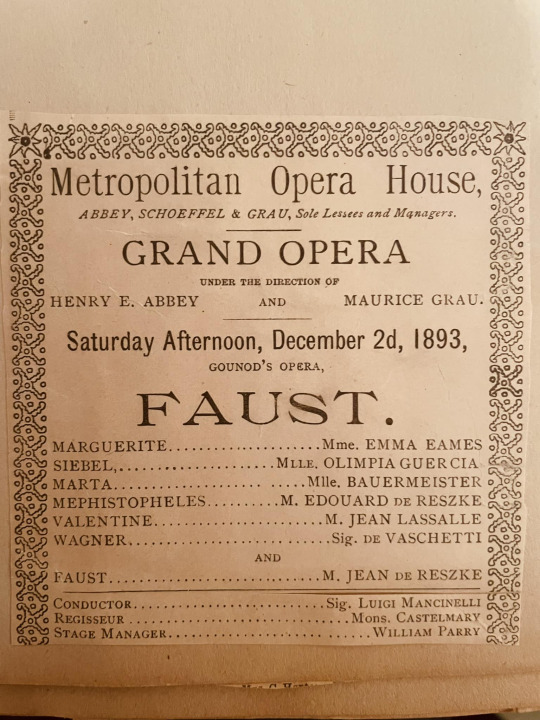
A performance of Gounod Opera „Faust“ at The Metropolitan Opera 1893.
#classical music#opera#music history#bel canto#composer#classical composer#aria#classical studies#maestro#chest voice#Charles Gounod#Faust#Metropolitan Opera#Met#Emma Eames#dramatic soprano#lyric soprano#soprano#Édouard de Reszke#bass#Jean-Louis Lassalle#baritone#Jean de Reszke#dramatic tenor#tenor#classiacal musician#classical musicians#classical history#history of music#historian of music
26 notes
·
View notes
Text
Ancient Greek and Roman music Masterpost
As our national epic, the Odyssey, did I'll start from the middle. Please listen to the sound of medieval Greek music and then come back. It's an exercise, I command you!
Middle Ages Greek music is speculated to be "slowed down ancient Greek music"! 😁 So, take notes on that!
youtube
youtube
Christodoulos Halaris - Anthology of Byzantine Secular Music
(Christodoulos Halaris was a prominent Greek composer, researcher, and musicologist. He focused on secular Byzantine and traditional music, incorporating his extensive research into a solid and singular musical language.)
After your warm-up (and perhaps some confusion) let's get into what you came here to see.
What Ancient Greek and Roman Music Sounded Like - A Beginner's Introduction
youtube
Α fantastic introduction by a composer, musician, and researcher who calls himself:
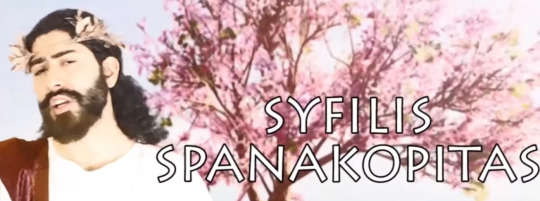
OKAY, OKAY, HE IS FARYA FARAJI, YOU GOT ME.
So, this is going to be another excellent video where he spits facts. He gives a great impression of how ancient Greek and Roman music sounded like.
And no, they didn't sound like the watered-down (north)-eurocentric "ancient Greek music" on youtube videos you find. (who's surprised at this point, after all this Northwestern appropriation) Unless they are made by Farya Faraji because… the man knows his shit (and our shit 😂)
By the way, I called it "watered down", not because I believe western music is lame, but because the performers apply western rules to ancient Greek music, stripping it of all the Heterophonic complexity.
In the video above, you'll learn how the lyre should actually be played!!! And what instruments have been in continuous use in Greece for more than 2.000 years! And see all the ways our ancient and traditional music is more complex than Western music - such as Western music can be more complex than ours in other ways! (as also stated in the video)
And before you ask: Why does ancient Greek and Byzantine/traditional Greek music sound Oriental? Well, that's just your ear and biases and Hollywood stereotypes, my dear friend. See, these sounds are not (just) Oriental! They are originally Greek, too!
Many tunes and the way of singing the West associates today with the Middle East came from the Greek world (where these tunes are still in use, mind you) or other Mediterranean countries. That's not to say that Middle Eastern nations didn't have these scales and twirls for a long time - because they did. That's their ancient music, too.
Please see the video below to make more sense of my ramblings:
The Greco-Roman Influence on Middle-Eastern Music
youtube
All of Farya's videos have their sources in the description so make sure to check them out!
Now you can better enjoy the Epitaph of Sekeilos you heard in the first Middle Ages video! You can also listen to another great version by Farya, where he uses the above ancient Greek principles he mentioned in his video. That's why his version actually feels fun to listen to, thank god! (Of course Chalaris also orchestrates the Epitaoh in an excellent way)
youtube
Personal commentary: I am happy to share Farya's work online because he put into words why reconstructions of ancient Greek music online don't sound Greek at all. Greeks have a hard time relating to it because... that's not our folk music. They sound boring like Chopin playing piano when he was 3 years old. (But by now you know why! 😉)
Of course, ancient and traditional Greek music are not identical and no one expects them to be. But given our history, our music history, and cultural evolution, we know the sounds of our music - as all people can identify the music of their land and area. I am glad my gut feeling was right and the music wasn't actually that simple. With the complexity of our ancient chants and the plethora of instruments we had in antiquity, there was no excuse for our ancient melodies to be that simple.
#ancient greek music#instruments#music history#middle ages#history of music#lyre#harp#ancient greek#classics#classic civilizations#bagpipes#aulos#pipes#roman history#panflute#mediterranean#historian#antiquity#farya faraji#chants#Youtube#byzantine music#byzantine empire#byzantium
168 notes
·
View notes
Text
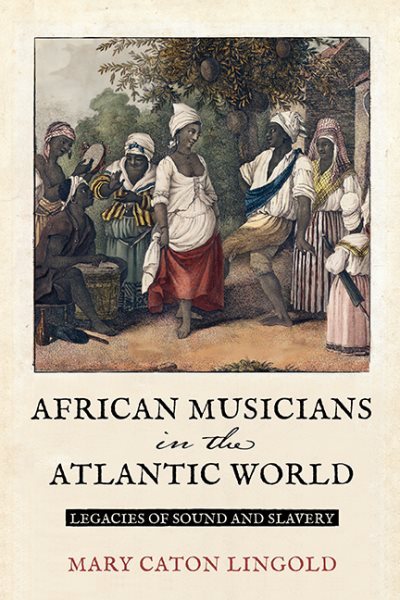
"A rich, well-written and well-researched book on a novel and important topic. African Musicians in the Atlantic World will make a major contribution to multiple fields, including music history, Atlantic studies, colonial Caribbean history and literature, as well as studies of transatlantic slavery, the African diaspora, and Black culture in the Americas. It is full of fascinating archival discoveries and insights."
#uwlibraries#history books#african americans#history of music#caribbean history#colonial history#history of slavery
35 notes
·
View notes
Text
For #CoffeeWithACodex this week (Thursday, February 29, 12pm Noon EST) Curator Dot Porter will bring out LJS 63, an illustrated treatise on the modes of Indian music, based on the fifth chapter of Mirza Khan's Tuḥfat al-hind. Written in Hyderabad, India, in the early 19th century.
Register here:
#manuscript#india#indian#music#illustrated#art#art history#history of music#book history#19th century#rare books
27 notes
·
View notes
Text

Liam Gallagher
OASIS
121 notes
·
View notes
Text


Records and radios 🎶
#photographers on tumblr#photography#photooftheday#aesthetic#music#records#radio#history#history of music#experience#museum#vintage
12 notes
·
View notes
Text



"I hear the train a-comin', it's rolling 'round the bend." Today in 1955 Johnny Cash released his famous single "Folsom Prison Blues" with Sun Records. The single peaked at fourth on the Billboard Country Western Best Sellers chart. Cash originally wrote the song in 1953, while he was stationed in Germany serving in the Air Force. He was inspired after seeing the movie Inside the Walls of Folsom Prison in 1951. On January 13, 1968 Cash recorded a concert at Folsom Prison, and four months later "At Folsom Prison" was released. The album would hit number one on the Country Music charts and reached the top 15 on the national charts. The single "Folsom Prison Blues" was a top 40 hit.
Source: https://www.tpr.org/show/texas-matters/2017-10-13/johnny-cash-and-the-story-behind-folsom-prison-blues?_amp=true (https://www.tpr.org/show/texas-matters/2017-10-13/johnny-cash-and-the-story-behind-folsom-prison-blues?_amp=true)
https://en.m.wikipedia.org/wiki/Folsom_Prison_Blues (https://en.m.wikipedia.org/wiki/Folsom_Prison_Blues)
https://www.onthisday.com/people/johnny-cash (https://www.onthisday.com/people/johnny-cash)
#histoire#history#history in the making#history is awesome#history of science#history stuff#historyposting#today in history#history lesson#connecticut#history was made#johnny cash#folsom#folsom prison blues#history of music#musician#music#musica#history photos#historyporn#history is all you left me#history is fun#history is important#historyuncovered#historyunveiled#history today#history tumblr
15 notes
·
View notes
Text

"ONE VIEW OF AMERICAN "MUSIC"," Kingston Daily Standard. May 3, 1913. Page 4.
---
A PRESENT FROM US.A.
"TIME, GENTLEMEN, PLEASE!"
(from Punch)
[Mocking popular music in the early 20th century - ragtime mostly and its particular rhythmic innovations.]
#political cartoons#funny pages#editorial cartoons#american popular culture#pop music#popular music#ragtime#cultural conservatism#new fangled music#history of music
2 notes
·
View notes
Link
I used to love swing dancing to this back when my legs worked properly.
14 notes
·
View notes
Text
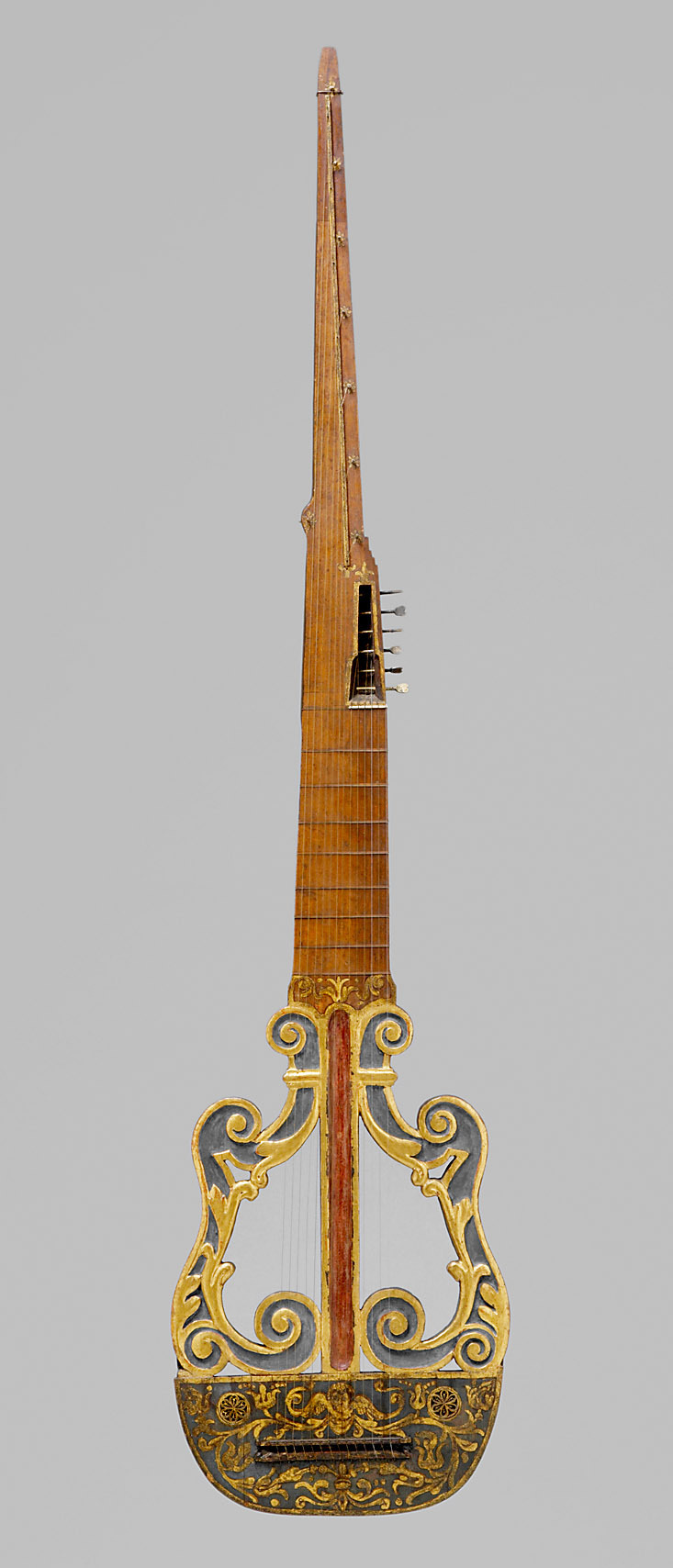
▪︎ Lyre cittern.
Date: 16th or 17th century
181 notes
·
View notes
Text
Time Travel Question : Winner's Match Up 12
These Questions are the winners from the previous iteration.
Please add new suggestions below, if you have them, for future consideration.
29 notes
·
View notes
Text

Today a performance of Meyerbeers Grand Opera „Les Huguenots“ 1891. This performance was the Debut from Lillian Nordica at The Metropolitan Opera.
#classical music#opera#music history#bel canto#composer#classical composer#aria#classical studies#maestro#chest voice#Les Huguenots#Giacomo Meyerbeer#Lillian Nordica#Dramatic soprano#soprano#Metropolitan Opera#Met#classical musician#classical musicians#classical history#history of music#historian of music#opera history#musician#musicians#diva#prima donna#cast
13 notes
·
View notes
Text
Camille Saint-Saëns
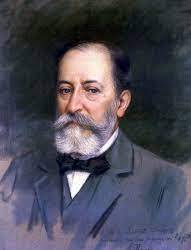
Paris’s writers and painters were not the only ones in the mid-1880s to feel the pull and tug between the new and the old—or the new and the newer. A certain amount of tension was beginning to emerge within the city’s musical community as well, with the imposing figure of Camille Saint-Saëns standing firmly in the path of whatever threatened tradition.
A brilliant man and a Parisian from birth, Camille Saint-Saëns had been one of the most remarkable child prodigies of his — or any— era. He began piano lessons at the age of two and composed his first piano piece at the age of three. He learned to read and write at a dismayingly young age and then proceeded to vanquish Latin by the age of seven. His first drawing-room recital, at age four, found him confidently playing Beethoven, while his first public concert (in the Salle Pleyel, no less) came at the age of ten.
His prodigious achievements continued through his years at the Paris Conservatory, where he wrote his first symphony. Franz Liszt became a friend and admirer, and Hector Berlioz, another friend and enthusiast, called him “one of the leading musicians of our time.” Disappointingly, Saint-Saëns failed on two occasions to win the Prix de Rome, but the first time it was because he was too young, and the second, because his head-spinning talents seem to have attracted professional jealousy.
One might expect some slowing down as he grew older, but as an adult, Saint-Saëns continued to dazzle. In addition to turning out symphonies, concertos, operas, chamber music, choral works, and compositions for the piano and the organ, he held down the demanding job of organist at the Church of the Madeleine, where he earned the reputation of being among the finest organ virtuosos of the time. With energy and brilliance to spare, he toured as a concert pianist, conducted, and studied geology, archaeology, botany, astronomy, and (no surprise for a musician) mathematics. Later in life he would continue to amaze by his scholarly knowledge of subjects ranging from literature and the theater to philosophy, acoustics, and ancient musical instruments. He wrote poetry and drama, mastered several languages, and by the time of the Franco-Prussian War, he was a veritable national treasure (and by 1881, one of the Academy’s confirmed Immortals).
It was in the wake of the Commune, as Paris was trying to revive itself, that Saint-Saëns helped found the Société Nationale de Musique, with the goal of promoting young French composers —a goal that had a forward-sounding ring. But the vastly cultured Saint-Saëns had little patience with new ideas, at least musically speaking. As the organization’s copresident, he shaped the direction of French music according to his own tastes, which were unquestionably traditional. Indeed, when Debussy’s music became better known, Saint-Saëns would become a severe critic —warning his colleagues that “we must at all costs bar the door of the Institute against a man capable of such atrocities, fit to be placed beside Cubist paintings.’”
Not that anyone, let alone the great Saint-Saëns, had yet heard of Debussy. But at least fate was about to deal the younger man an unexpected favor. Camille Saint-Saëns, who in 1886 debuted what would become one of his most beloved works, the Carnival of the Animals, ran into trouble that same year at the Société, where he was maneuvered out of his long-held leadership post. His main rival within the organization, the composer Vincent d’Indy, engineered the coup and succeeded in putting César Franck in his place (although d’Indy would hold the reins, as secretary). D’Indy was an aristocrat and a royalist, but despite some notable right-wing proclivities managed to produce pupils such as Erik Satie, Arthur Honegger, and Darius Milhaud. And although he had little in common with Debussy, d’Indy would prove to be a reliable champion of music by young French composers, even when he didn’t like what they wrote. Debussy was fortunate, for in this capacity d’Indy would become one of his first supporters.
Mary MacAuliffe- Dawn of the Belle Epoque: the Paris of Monet, Zola, Bernhardt, Eiffel, Debussy, Clemenceau, and their friends.
#xix#xx#mary mcauliffe#dawn of the belle époque#camille saint-saëns#history of music#franz liszt#hector berlioz#claude debussy#vincent d'indy#césar franck#so you think being ‟right-wing‟ stops you from noticing and promoting talent ? lmao
12 notes
·
View notes